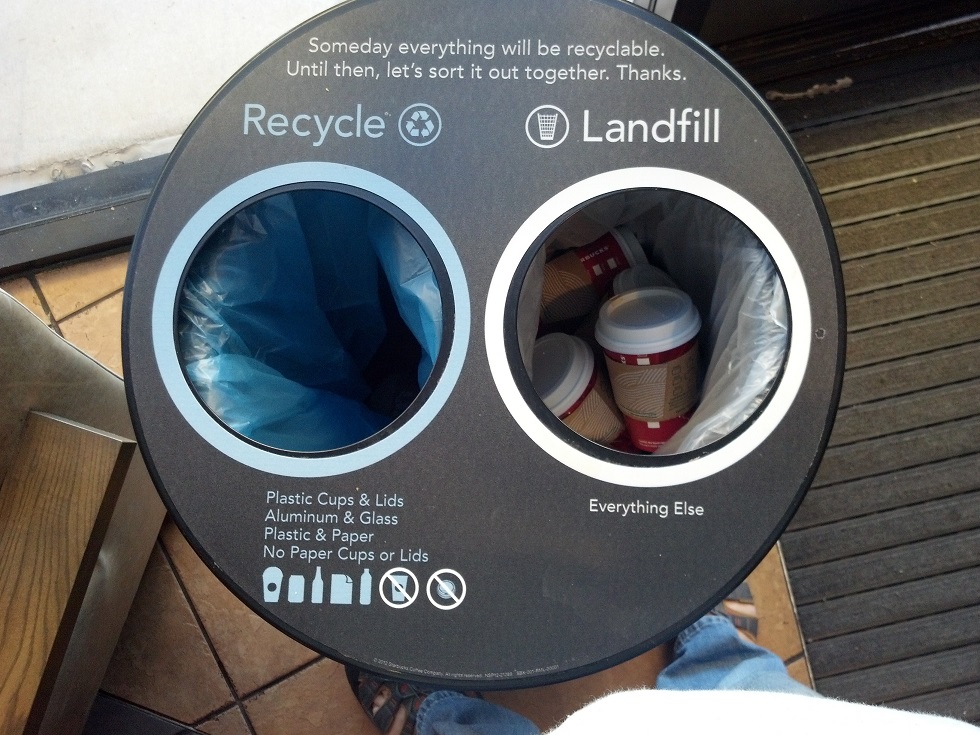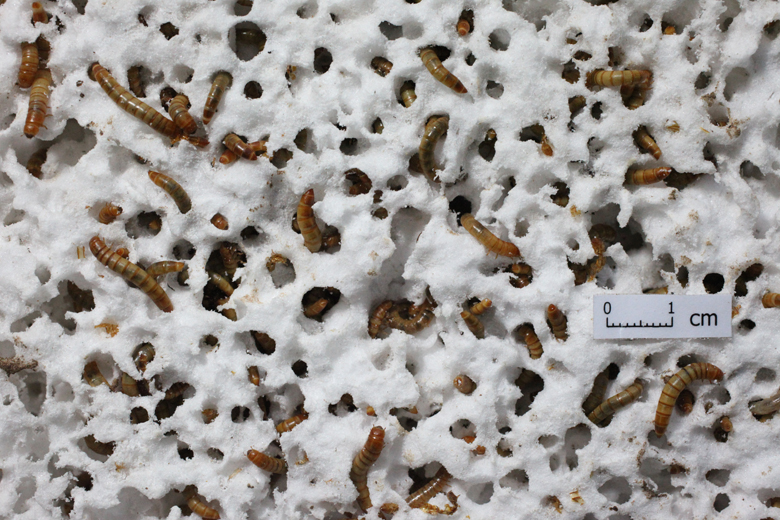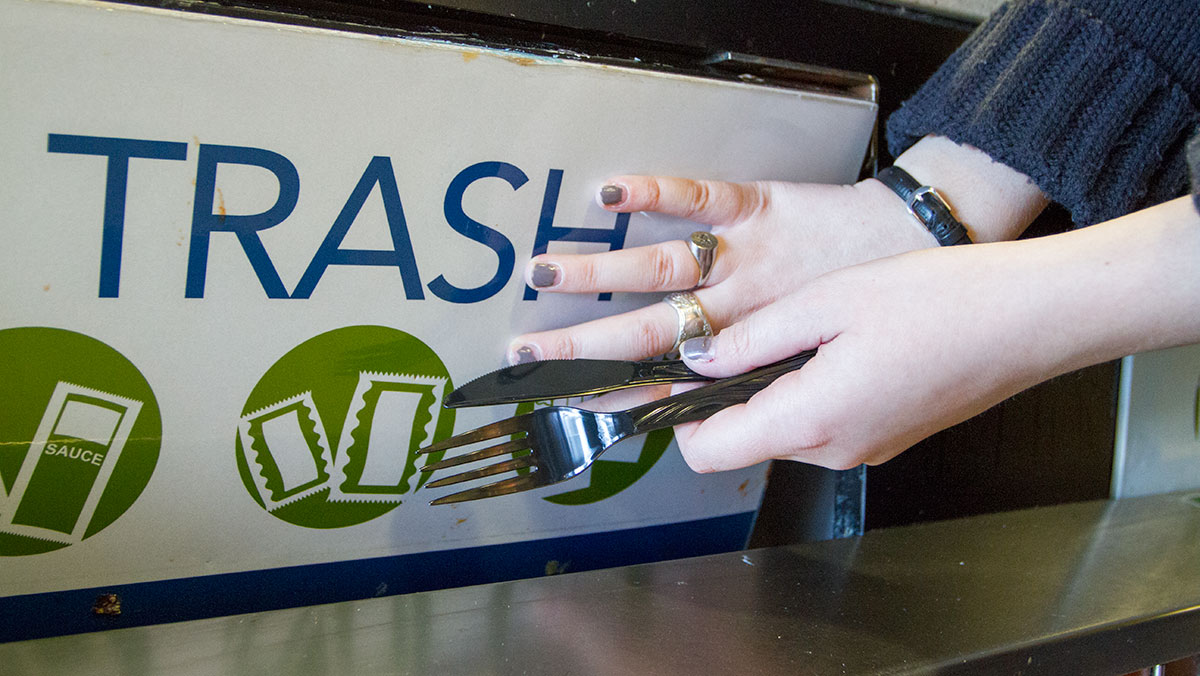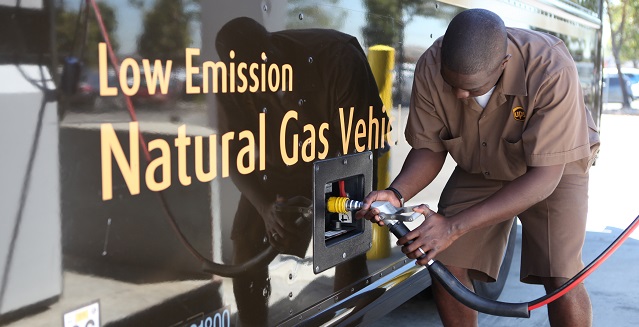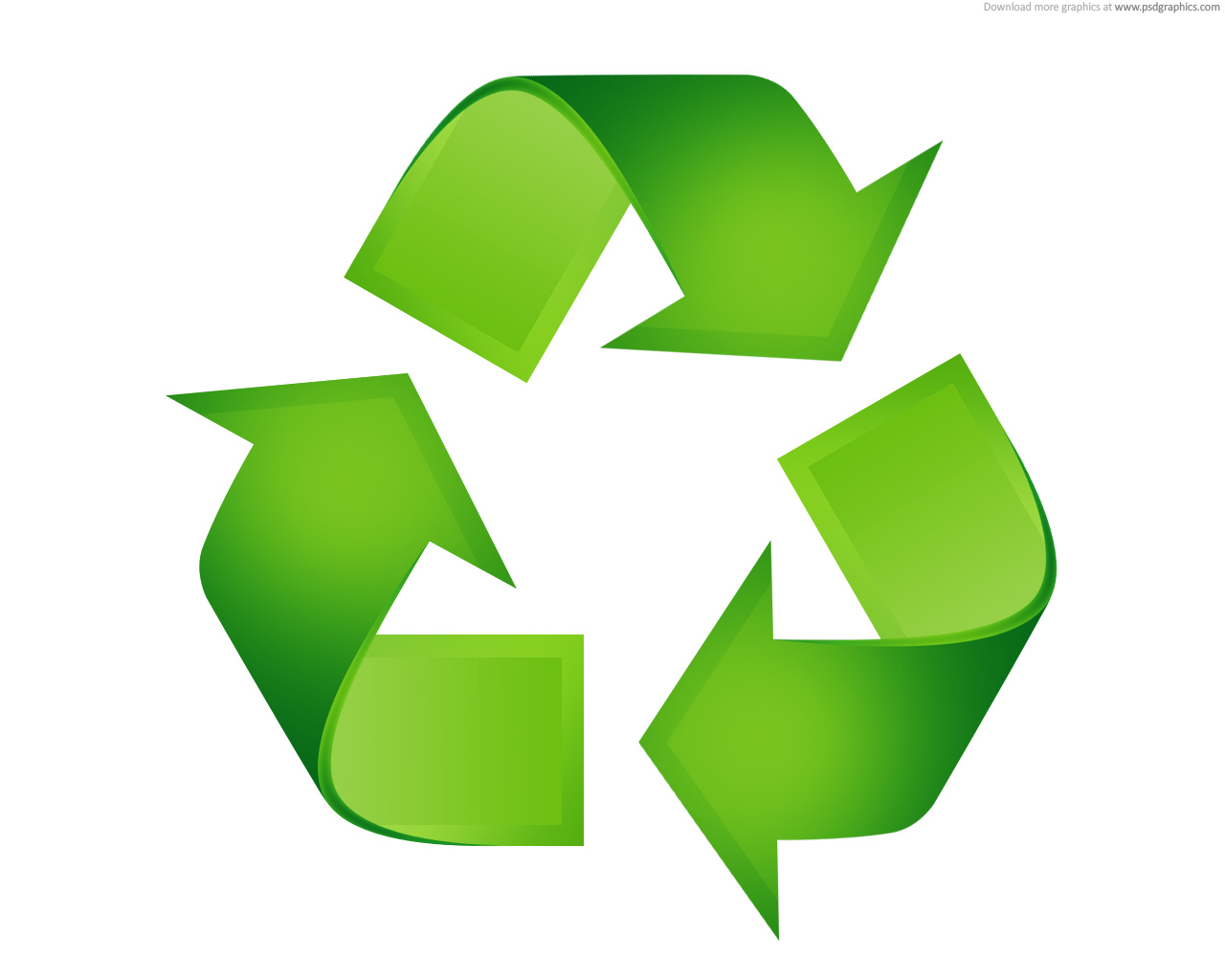By Robert Coolman
Reduce, reuse, recycle—but for environmentalists, that’s not always a good idea.
When is it right to recycle? If your answer is “always,” I plead with you to re-evaluate your priorities as an environmentalist. We certainly have an obligation to use Earth’s resources and manage waste responsibly, but I believe the priorities and practices of modern environmentalism are in serious need of introspection.
Films like “Wall-E” and “Idiocracy” would have you believe that we are only years away from skyscrapers of garbage on the outskirts of our cities, but the truth is landfill capacity isn’t a problem in the foreseeable future. According to a letter in Nature Climate Change, U.S. landfills have an average of 34 years of capacity remaining, though capacity is growing at a rate of 2.7 years annually. Also, it’s not as if that land is unusable once it’s filled. Much of NYC is built on top of garbage, and so are many parks. Local governments are typically upfront about what places were formerly landfills (here’s mine) and continually monitor methane gas and liquid leachate levels, concerns that modern landfills are specifically engineered to manage.
To say that landfill space isn’t a problem in the foreseeable future isn’t to say we shouldn’t think about it at all. Rather, there are concerns that will cause much larger problems much, much sooner. Because we are already seeing the effects of climate change due to the increase in greenhouse gases, the right time to recycle is when it reduces greenhouse gas emissions. If landfills can be used to reduce greenhouse gas emissions, we should absolutely use them.
Recycling the hard-to-find elements put in many electronics is a no-brainer. Energy, pollution, and money are also all saved when comparing the reprocessing of post-consumer metal scrap against mining and processing ore. As for other stuff? With one major exception, it should all be landfilled.
A common criticism of landfills is how long it takes materials to break down. Ironically, this is backwards; it’s the materials that break down fastest that we should be most concerned about. When organic materials like food, yard waste, and biodegradable plastics break down in a landfill, they anaerobically decompose to produce methane. This is a problem because methane is more than 20 times potent as a greenhouse gas than carbon dioxide, which is what organic matter turns into when it composes aerobically in a composter.
There’s two ways to solve this methane problem. First is to capture the methane produced from a landfill and burn it. This turns the methane into carbon dioxide and can generate electricity. While this is the traditional method, it only works after a landfill has been capped. According to Waste Consultant and Yale Student Jon Powell, “91 percent of all landfill methane emissions are due to landfills that are still open.” Additionally, the infrastructure to produce electricity from combusting methane is subject to a cost/benefit analysis of how much methane is produced and for how long.
The alternative is to separate out organic matter from other landfilled solids, then intentionally turn it into methane which can be turned into electricity at an even greater return. Because the carbon contained in biomass (and by extension the carbon in the gases that evolve from it) was brought out of the atmosphere by plants performing photosynthesis on atmospheric carbon dioxide, returning bio-based carbon to the atmosphere (specifically in the form of carbon dioxide) does not contribute to the total amount of atmospheric carbon, and thus does not contribute to climate change.
So now we’re up to four bins: electronics, metal, biodegradable stuff (including most paper), and everything else. The “everything else” bin goes directly to the landfill, and includes both plastic and glass. Recycling glass is so close to a borderline energy improvement that it probably doesn’t deserve its own bin. As for plastic, anything that’s not code 1 (rPET) can’t be recycled to make containers and is instead demoted to plastic lumber, etc. When it’s done being that, it’s almost certainly going to the landfill anyway.
Why not incinerate used plastics to produce energy? The atoms in plastic come from petroleum, so burning plastic still counts as a fossil fuel and creates a net increase greenhouse gases. In a landfill, the carbon in plastic is said to be “sequestered” which is the end goal of taking carbon out of the air and storing it so it won’t reach the atmosphere. Methods of sequestering atmospheric carbon are still under development and inherently take lots of energy; more energy than we got from burning the plastic in the first place. Instead of (1) burning plastic (2) taking the released carbon out of the air at great energy cost and (3) sequestering it, it’s probably best just to leave it sitting in a landfill.
Read original post here: http://www.thedailybeast.com/articles/2015/10/24/reduce-reuse-recycle-but-not-always.html
This was a great article and shows that the author has a pretty good understanding of the realities of recycling. In my time I have run across a handful of people that are misguided in their belief that we should recycle everything. When you hear someone say this you can rest assured that the person making that statement lacks the understanding and knowledge about the realities of recycling. And unfortunately, many people mistakenly quote countries out of the EU as recycling rates as high as 80%. Many of these countries include incineration in their recycling numbers.
Unfortunately those that may think we should recycle everything throw out inaccurate and misleading recycling rates out into the public domain to get others to believe the same misguided and environmentally and economically detrimental approach to our waste. In the meantime, there are companies like ENSO Plastics who understand the realities of our waste infrastructures and is working diligently to develop solutions that will make the most environmental impact today.
Click here to download a free white paper on how to develop sustainability strategies of reaching zero waste; https://ensoplastics.com/download/Plastics_EstablishingthePathtoZeroWaste.pdf
